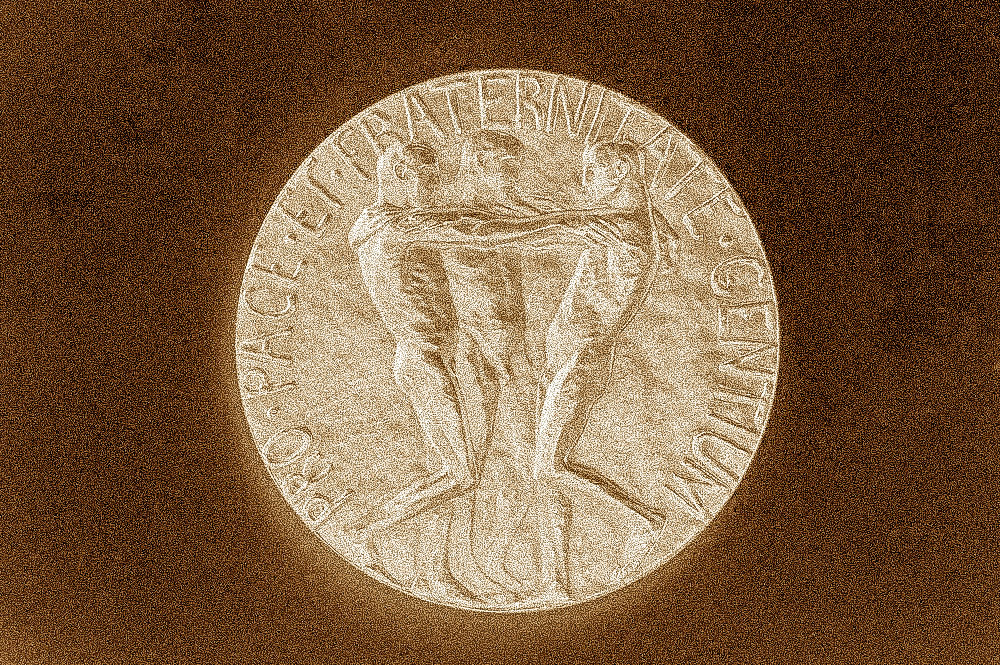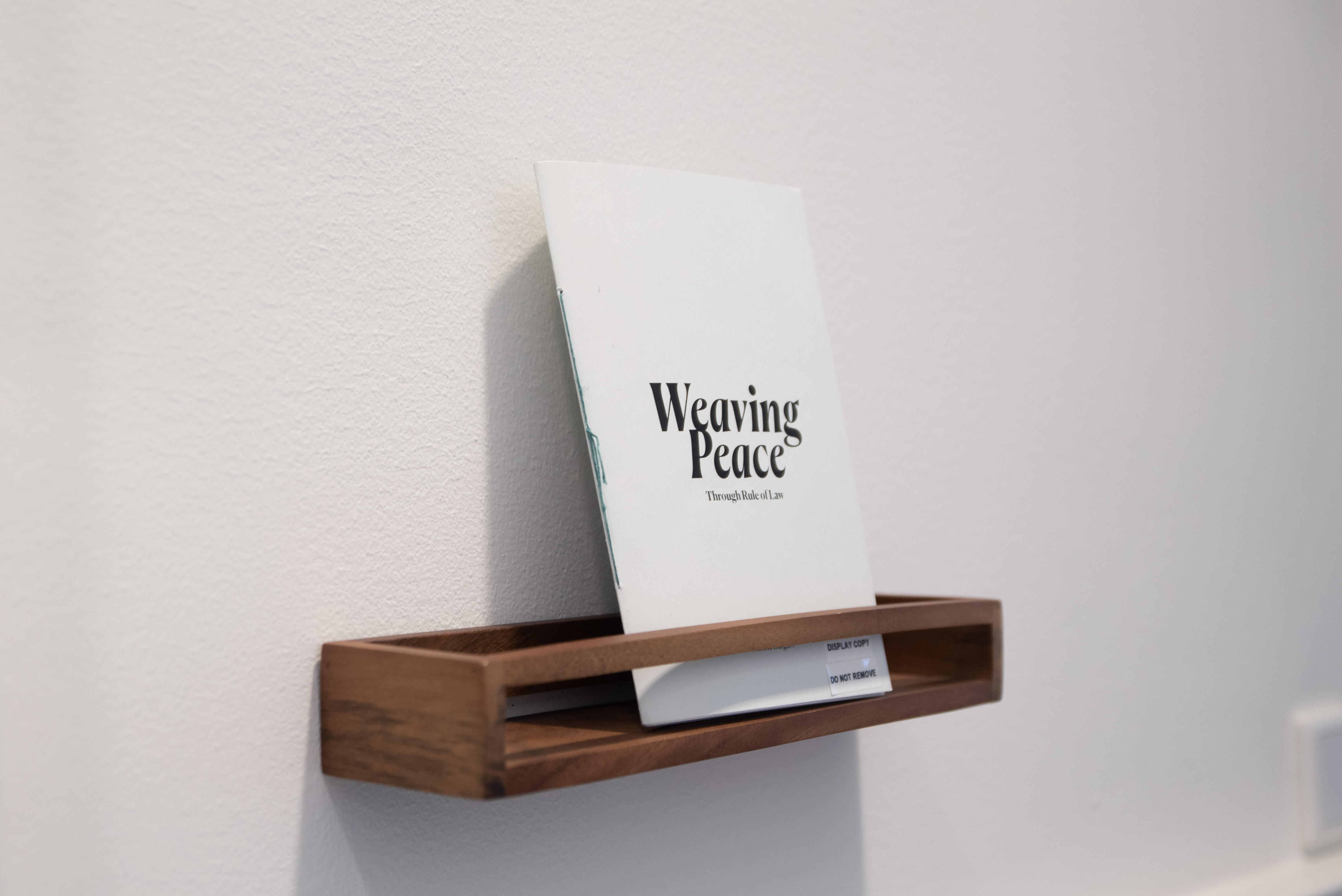Birth Currents explores the immense power of birth and the capacity of the female body to carry and bring life into the world. Through a series of photographs and intuitive written reflections, the installation weaves together the visceral and the poetic, through the female gaze.
My perspective is deeply shaped by the home I grew up in. Raised by a midwife and a hospice worker, I learned to see birth and death as natural, cyclical parts of life. The way my mother spoke so passionately about the women she supported during birth left a lasting impression on me. That, combined with the striking absence of birth imagery in art, became the seed from which this project grew.
Birth Currents has been exhibited in The Grey Space in the Middle, Royal Academy of Arts in The Hague and Nieuw en Meer. A review of the exhibition has been published by Metropolis M. De Correspondent has published the article ‘Wie is de baas tijdens jouw bevalling?’ along with 7 photos of the project. t
Birth Currents - Hanna Burgers


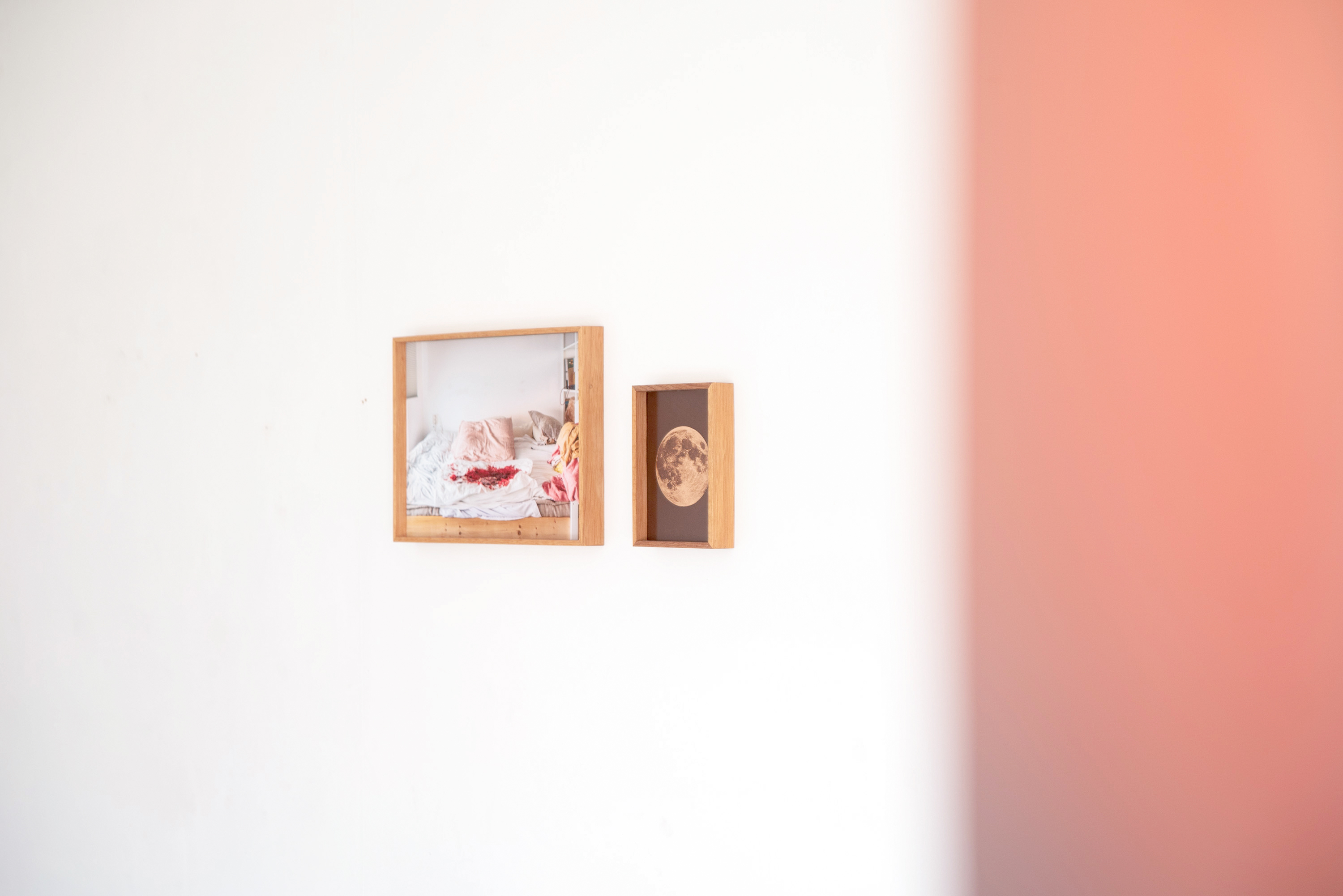
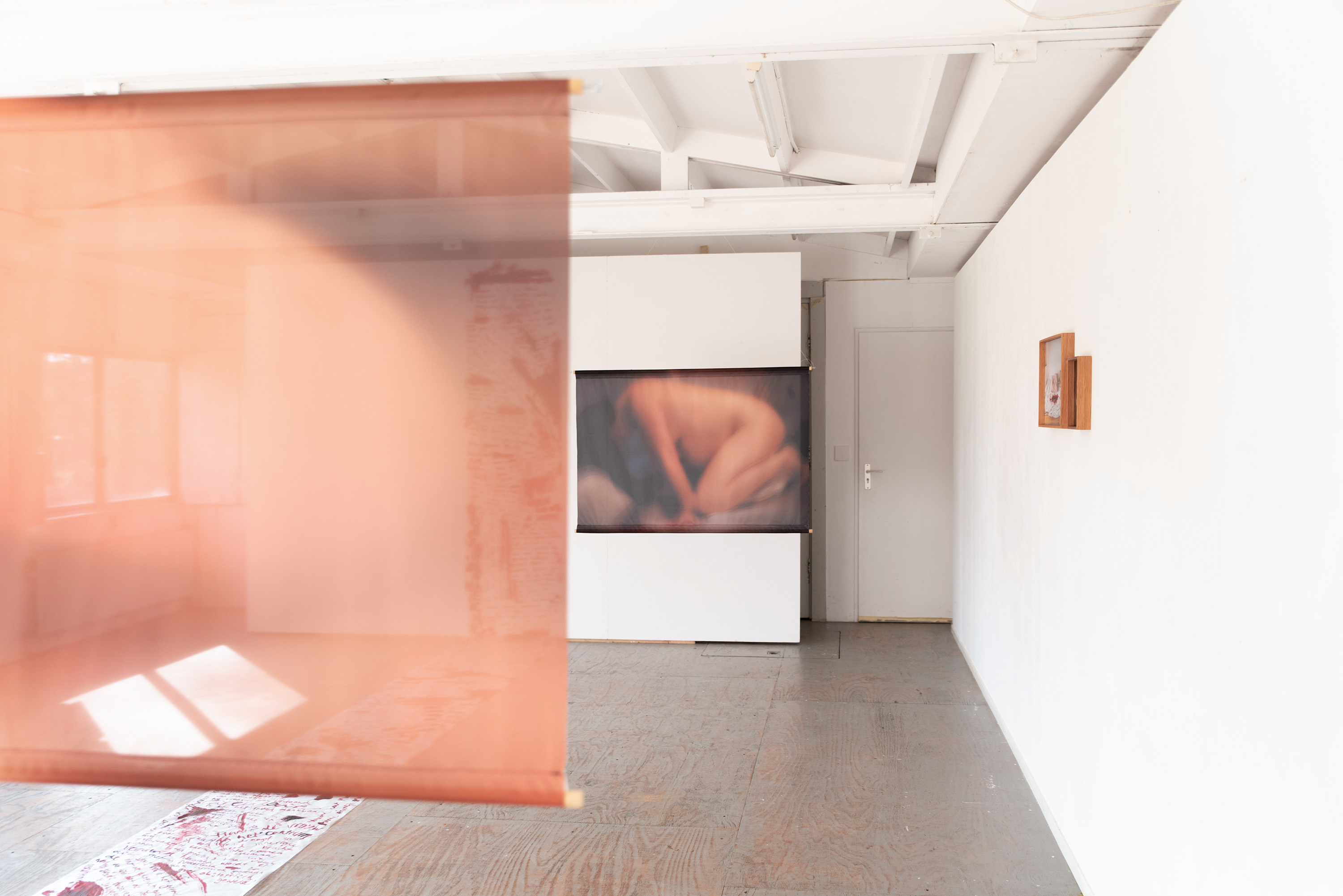
De Berg Blijft (The Mountain Will Stay)
Oma, my grandmother, grew up on the Indonesian island Java. Her life took a profound turn when she and our family were detained in a Japanese concentration camp from 1942 to 1945. At that time, Oma was 17 years old.
During those challenging years, a mountain just outside the Ambarawa concentration camp became a symbol of hope for my grandmother. Each day, she would gaze at the mountain, finding solace in the certainty that, regardless of the uncertainties around her, this mountain stood steady. The resilience of my grandmother has always captivated me. Despite enduring traumas during her time in the concentration camp in Java, she embraced life with an incredible strength.
Shortly after my grandmother recently passed away, I travelled to Java myself, drawn by the stories she had shared. I stood where she might have stood, and photographed the mountain she once looked to for as a prayer. With each photograph I took, I tried to see it through her eyes; not just as a landscape, but as a source of strength and a reminder that even in the darkest times, something enduring can still stand tall. By combining the photographs of the mountain with archival material of the camp and of my grandmother, I create a dialogue between past and present, visualising how her lived experiences continue to shape my understanding of living with hope.
Oma, my grandmother, grew up on the Indonesian island Java. Her life took a profound turn when she and our family were detained in a Japanese concentration camp from 1942 to 1945. At that time, Oma was 17 years old.
During those challenging years, a mountain just outside the Ambarawa concentration camp became a symbol of hope for my grandmother. Each day, she would gaze at the mountain, finding solace in the certainty that, regardless of the uncertainties around her, this mountain stood steady. The resilience of my grandmother has always captivated me. Despite enduring traumas during her time in the concentration camp in Java, she embraced life with an incredible strength.
Shortly after my grandmother recently passed away, I travelled to Java myself, drawn by the stories she had shared. I stood where she might have stood, and photographed the mountain she once looked to for as a prayer. With each photograph I took, I tried to see it through her eyes; not just as a landscape, but as a source of strength and a reminder that even in the darkest times, something enduring can still stand tall. By combining the photographs of the mountain with archival material of the camp and of my grandmother, I create a dialogue between past and present, visualising how her lived experiences continue to shape my understanding of living with hope.
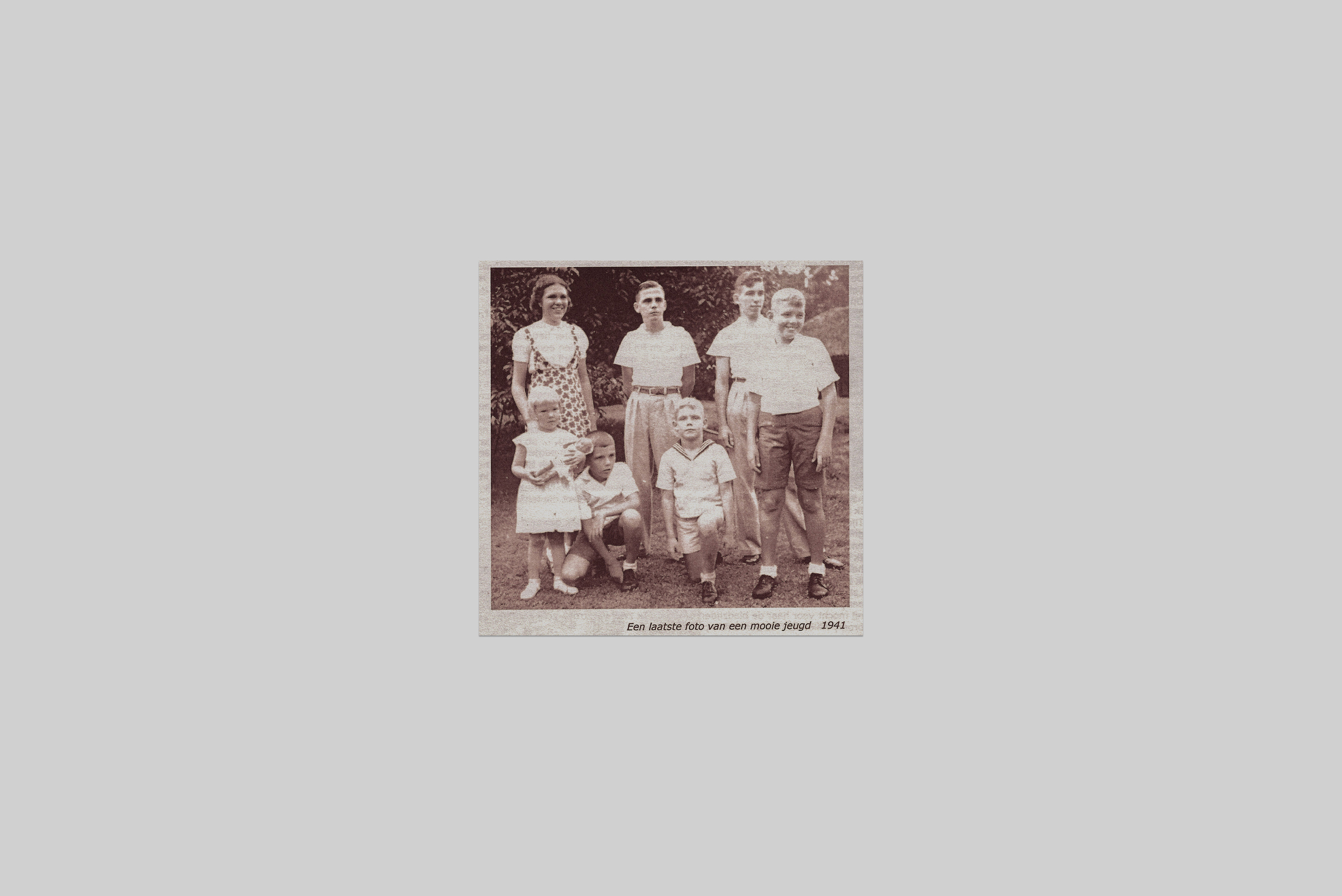






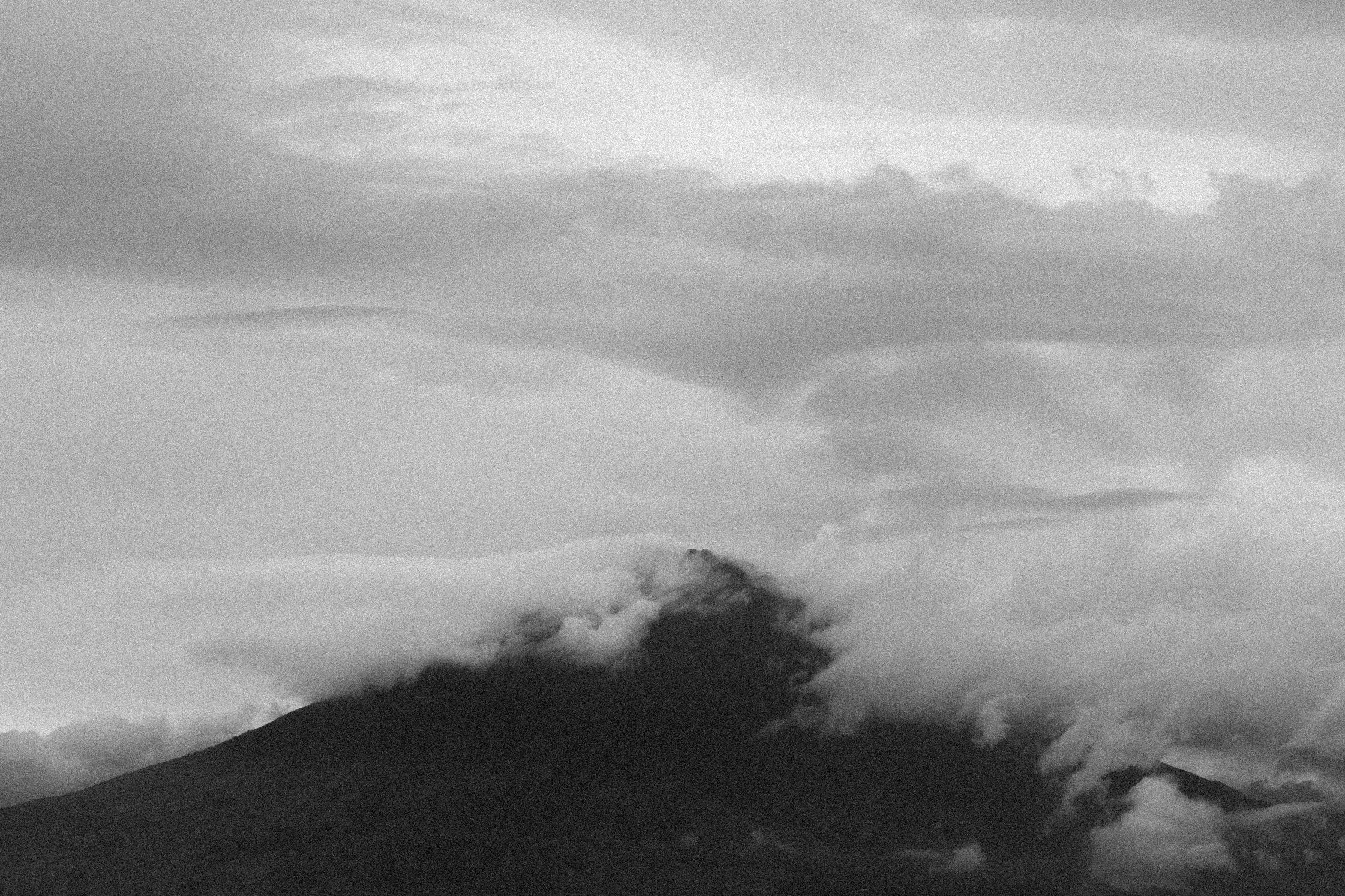

Created during The Palace Residency, Gorzanów, Poland — In collaboration with Line Polifke
Bodily Topography is a collaborative project, developed during a residency at The Palace in Gorzanów, Poland, exploring the interconnection between our bodies and the land. Together with artist and writer Line Polifke, I engaged in a series of site-specific actions using soil, body, and text to explore how the earth holds memory; and how the body becomes a living archive of place. Influenced by sensorial and ritualistic practices, the project treats the land not as backdrop, but as collaborator.
Bodily Topography is a collaborative project, developed during a residency at The Palace in Gorzanów, Poland, exploring the interconnection between our bodies and the land. Together with artist and writer Line Polifke, I engaged in a series of site-specific actions using soil, body, and text to explore how the earth holds memory; and how the body becomes a living archive of place. Influenced by sensorial and ritualistic practices, the project treats the land not as backdrop, but as collaborator.



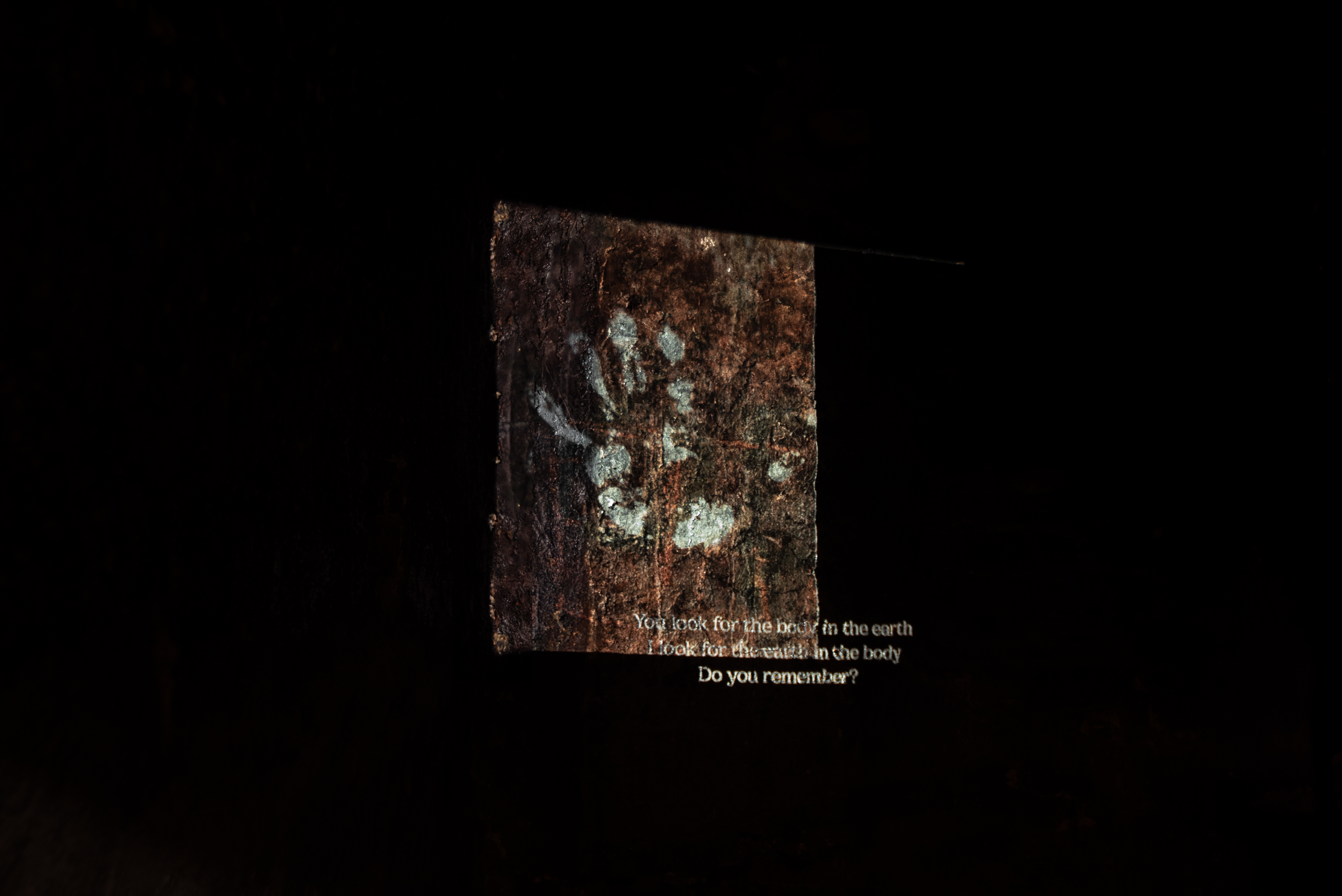
In 2024, around 500 residents in Amsterdam died without anyone present at their funeral, and their burial was arranged solely by the council. Eenzame Uitvaart #43 (Dutch for “Lonely Funeral #43”) investigates the hidden epidemic of loneliness and the rising number of people laid to rest in anonymous graves. This project grows out of my years working in home care across the city, in spaces where I encountered people who had slowly become invisible to society.
Behind peoples doors, I was confronted with isolation that cut through boundaries of class, religion and background. Loneliness emerged as a universal condition: pervasive, unspoken and indifferent to social divides. These experiences left me grappling with a paradox: how a nation that consistently ranks among the world’s happiest, often measured through material security, can simultaneously suffer from a lack of community and collective life.
Eenzame Uitvaart #43 turns its focus toward the emotional dimensions of isolation, imagining what it might feel like to die alone. The project draws inspiration from the initiative Eenzame Uitvaart, where poets write and recite verses for those who pass away without relatives or friends to stand by them. Through photographs of nature, I explore the terrain of death through my own imagination of what a death experience might look and feel like. The work also incorporates objects given to me by cemetery staff, the people engaged in the pragmatic yet emotional labour surrounding anonymous burials. Together, the photographs and gathered objects form a dual visual language that moves between the metaphorical and the material.
Ultimately, this work reflects on the fragility of human connection and the steady dissolution of communal bonds. It invites viewers to confront the vulnerabilities that shape contemporary life and to imagine new forms of collective care.
http://www.eenzameuitvaart.nl
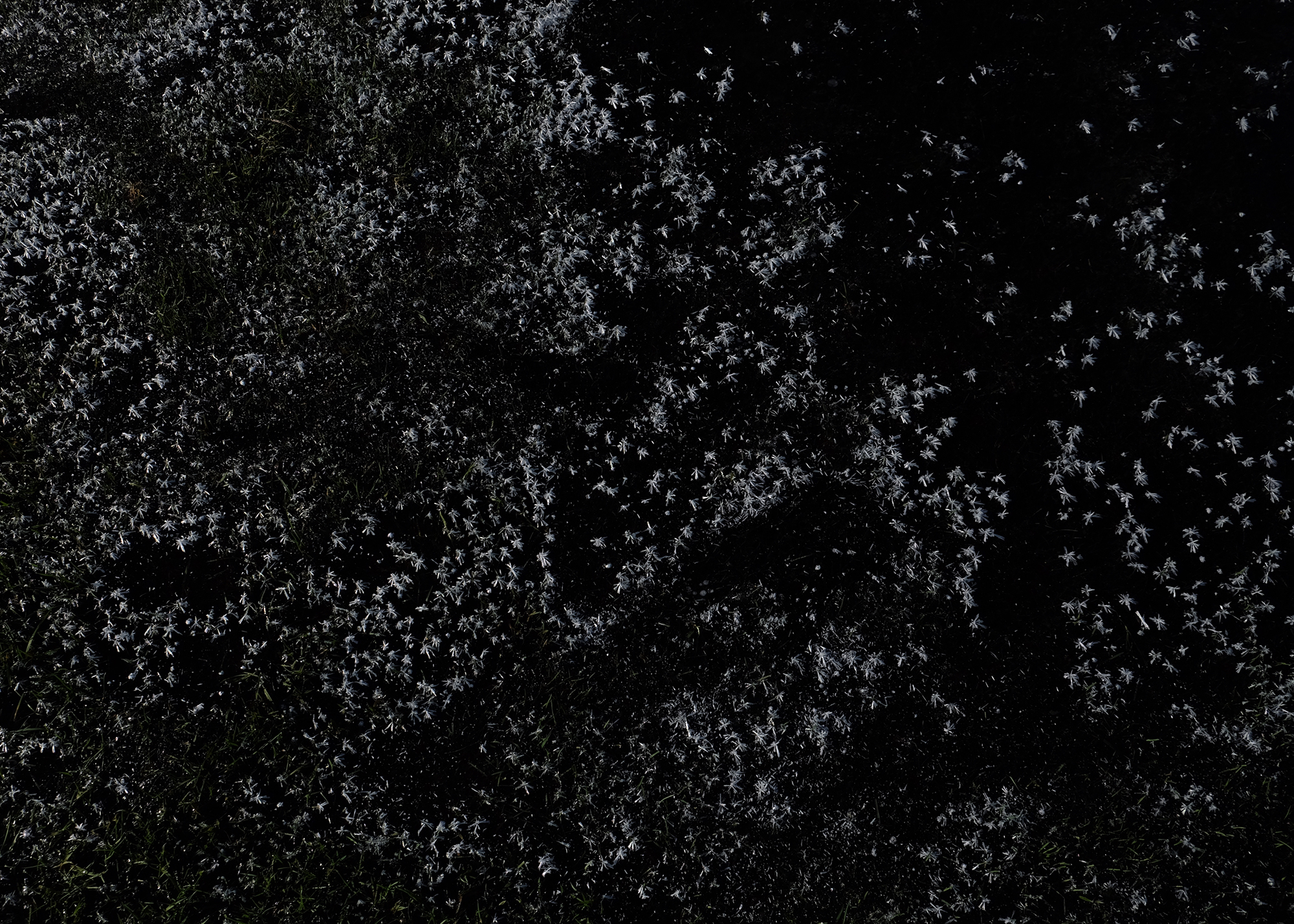
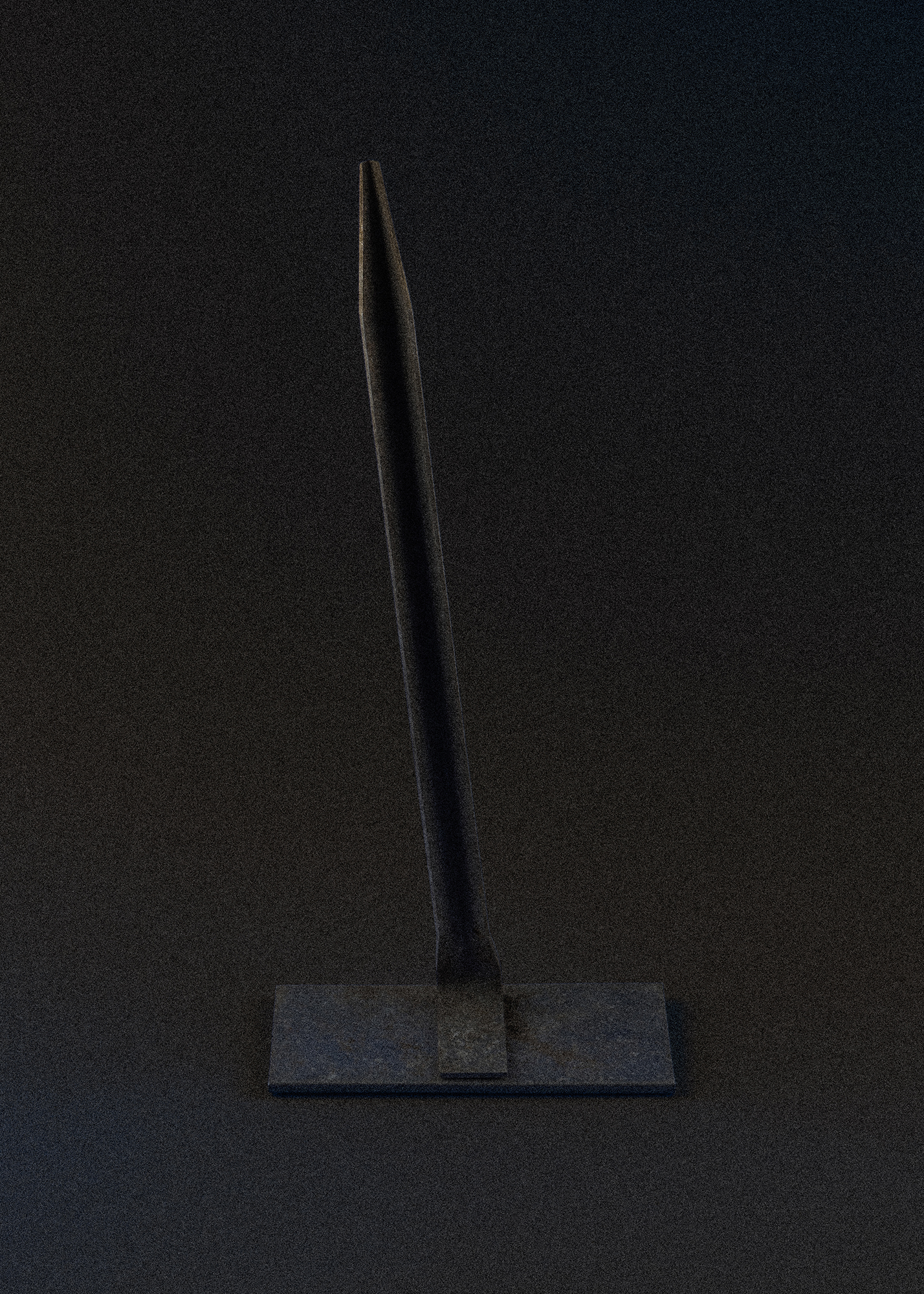
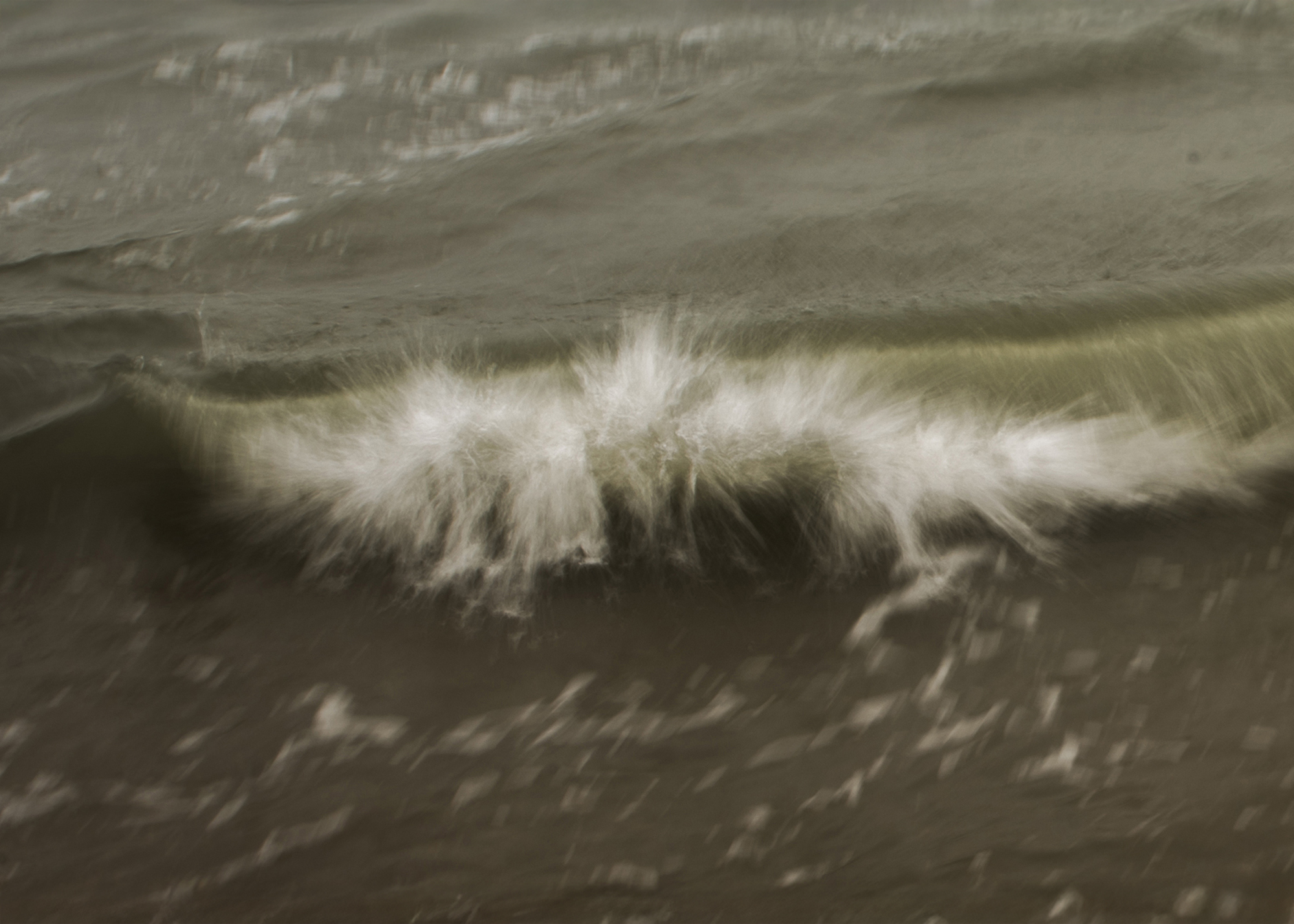
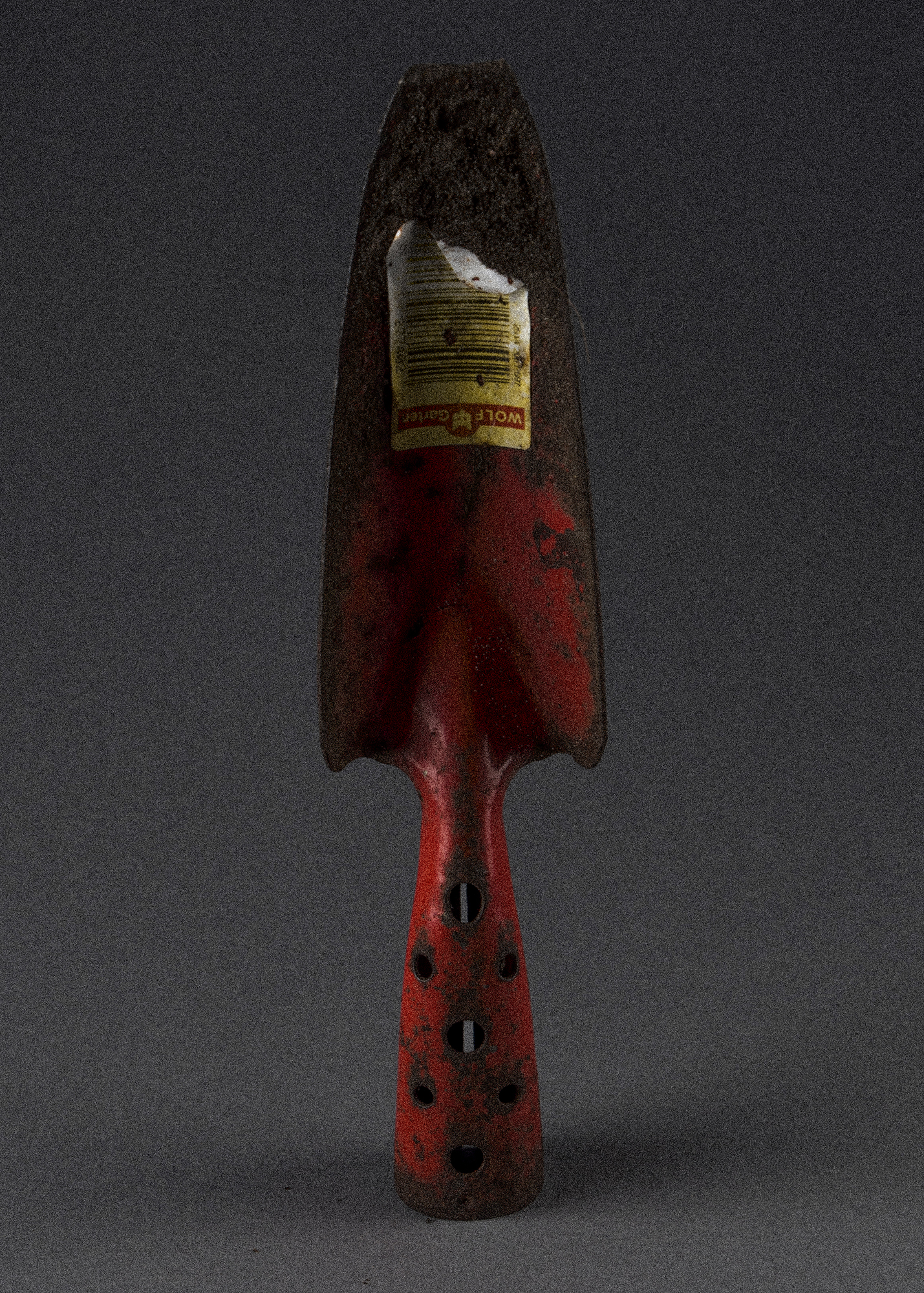

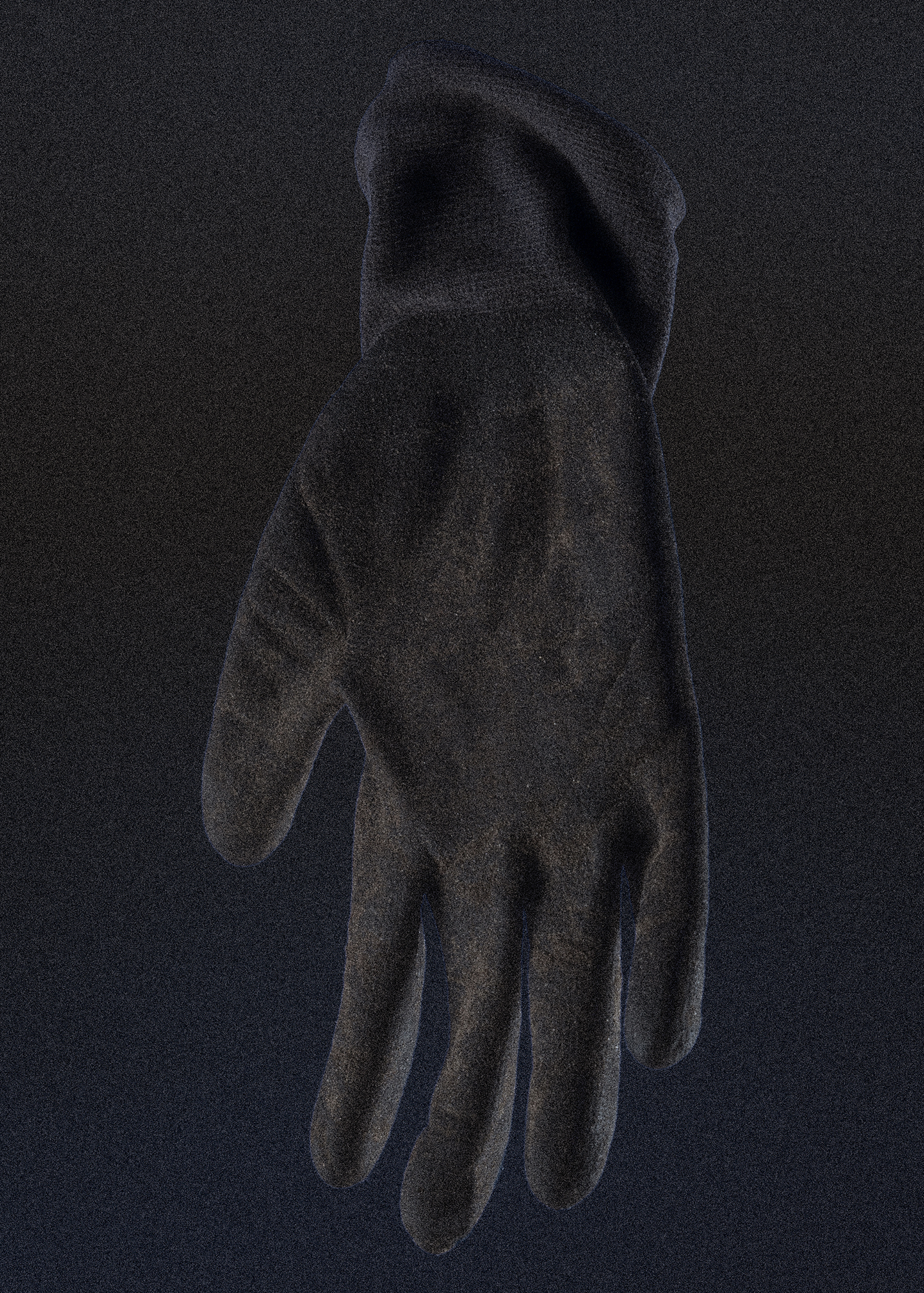
Commission for International Development Law Organization (IDLO)
During a three-month Artist in Residence program at the intergovernmental organisation IDLO, I explored how the rule of law underpins peace and justice in our society. Immersed in an environment dedicated to legal reform and human rights, I engaged with the organisation's mission and daily work, translating complex legal and developmental concepts into visual form.
Through this commission, I arrived at a central insight: peace is not a static state, but an active, ongoing process; something that must be continuously practiced and protected. Inspired by this understanding, I developed a visual series that reflects the labour, fragility, and resilience involved in building peace.
www.idlo.int
During a three-month Artist in Residence program at the intergovernmental organisation IDLO, I explored how the rule of law underpins peace and justice in our society. Immersed in an environment dedicated to legal reform and human rights, I engaged with the organisation's mission and daily work, translating complex legal and developmental concepts into visual form.
Through this commission, I arrived at a central insight: peace is not a static state, but an active, ongoing process; something that must be continuously practiced and protected. Inspired by this understanding, I developed a visual series that reflects the labour, fragility, and resilience involved in building peace.
www.idlo.int

